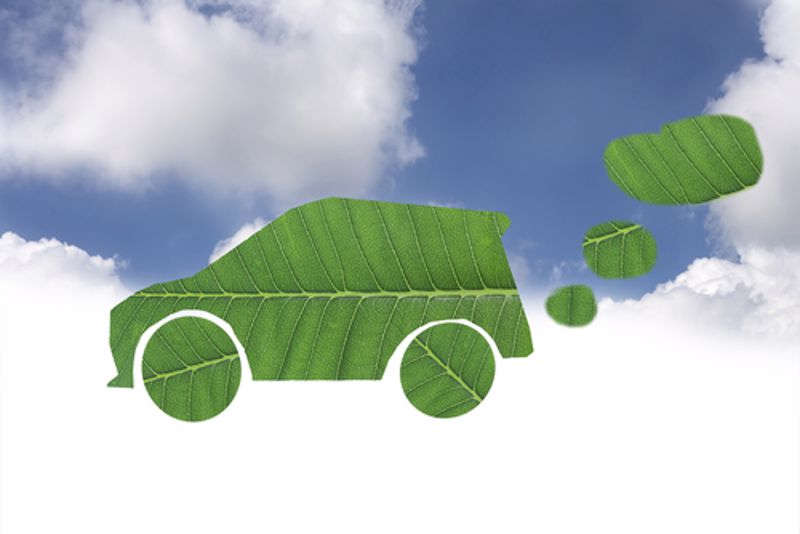This is particularly true of graphite. Used as a lubricant for making pencil leads, heat exchangers and as a moderator in nuclear reactors, graphite has a wide variety of industrial applications. But it's also crucial to battery production, serving as an electrode both for batteries as well as fuel cells.
However, as The Wall Street Journal reported (based on Benchmark data), natural graphite is very difficult to come by these days because production hasn't been able to keep pace with demand. Indeed, at the current rate of usage, the U.S. could have a 1.2 million metric ton shortfall of natural graphite by 2030.
Brent Nykoliation, executive vice president of NextSource Materials, told the Journal that this could be a massive predicament for automakers, given how much of a traditional car battery is composed of graphite.
"Graphite always seems to be the forgotten battery material, yet it's in half the battery," Nykoliation said. "It's the largest raw material in the battery."
The typical lithium-ion battery can have up to 10 times as much graphite as it does lithium, another mineral that is needed for the manufacturing process.

EV sales top 200,000 in third quarter of 2022
While electric vehicles aren't nearly as popular as traditional gas-powered automobiles, sales have intensified substantially over the last year or so — and are expected to pick up the pace as competition increases and prices diminish. Indeed, in the third quarter of 2022, over 200,000 EV were sold nationwide, according to Kelley Blue Book. That's the first time that quarterly EV sales have surpassed 200,000.
They've also gained a following among young people: A majority of 18- to 29-year-old Americans said that they're "somewhat" or "very" likely to buy an EV the next time they're in the market for an automobile, according to polling by the Pew Research Center. And among those who have considered buying an EV, close to 75% said their desire to help the environment was a major reason why.
As demand has grown for graphite, exceeding the pace with which mines can replenish the material, prices have followed suit, with a metric ton of battery-grade natural graphite selling for $812.50, the Journal reported. That's a 25% increase compared to 2020.
Automakers say that they're working with their suppliers to see what can be done to acquire as much graphite as they can and how producers can scale up output. Some are resorting to using synthetic graphite, made from petroleum. However, critics point out that the production processes involved emit massive amounts of carbon into the atmosphere, a primary contributor to greenhouse gas emissions — nullifying the environmental advantages that EVs are supposed to foster.



Post A Comment:
0 comments so far,add yours